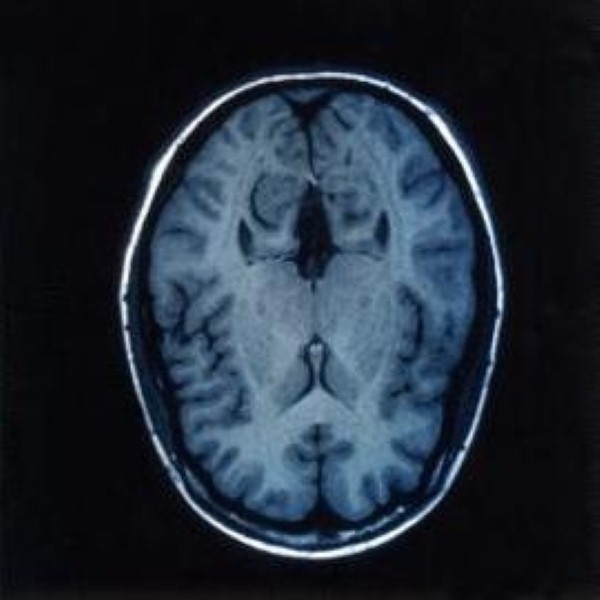Researchers have obtained an unprecedented view of a type of brain cell receptor that is implicated in a range of neurological disorders, including Alzheimer's disease, Parkinson's disease, depression, schizophrenia, autism, and ischemic injuries associated with stroke.
The team of scientists from Cold Spring Harbor Laboratory say the atomic-level picture of the intact NMDA (N-methyl, D-aspartate) could prove useful in the development of therapeutic compounds. Their work is published in the journal Science.
NMDA receptors play an essential role in communication between different neurons, integrating both chemical and electrical signals. Such communication forms the basis of memory, learning, and thought, and critically mediates brain development. Increased and decreased NDMA activity is associated with a range of neurological disorders.
A technique known as X-ray crystallography was used to determine the structure of the intact receptor. Numerous interactions between the sub-units of the receptor were identified and the researchers gained new insights into how the complex is regulated.
Protein purification methods were used to isolate the intact receptor, the structure of which was found to resemble a hot air balloon. The 'basket' of the balloon is the transmembrane domain, which forms an ion channel that allows electrical signals to propagate through the neuron
Ion channels act as a gate in a neuronal membrane. When they are closed, ions – electrically charged atoms – are unable to pass through and gather outside cells. When they open, ions travel in and out of cells, generating an electric current that travels through the neuron.
Currents cannot jump between neurons and rely on neurotransmitters, which are triggered by the electrical pulse, to travel the distance between neurons and bind to receptors, such as the NMDA receptor, on the surface of neighboring cells.
Neurotransmitters unlock the ion channels within the receptor and propel the electrical signal across another neuron and, ultimately, across the brain.
The 'balloon' section of NDMA is found outside the cell and binds to neurotransmitters. The structure of the multi-subunit receptor complex helps to explain some of the existing data about how NMDA receptors function.
The team were able to see how one domain on the exterior side of the receptor – the amino terminal domain – directly regulates the ion channel within the membrane and why this is specifically important for the activity of the NMDA receptor.

